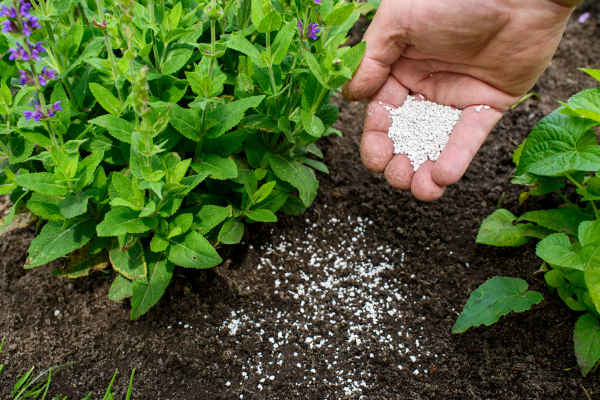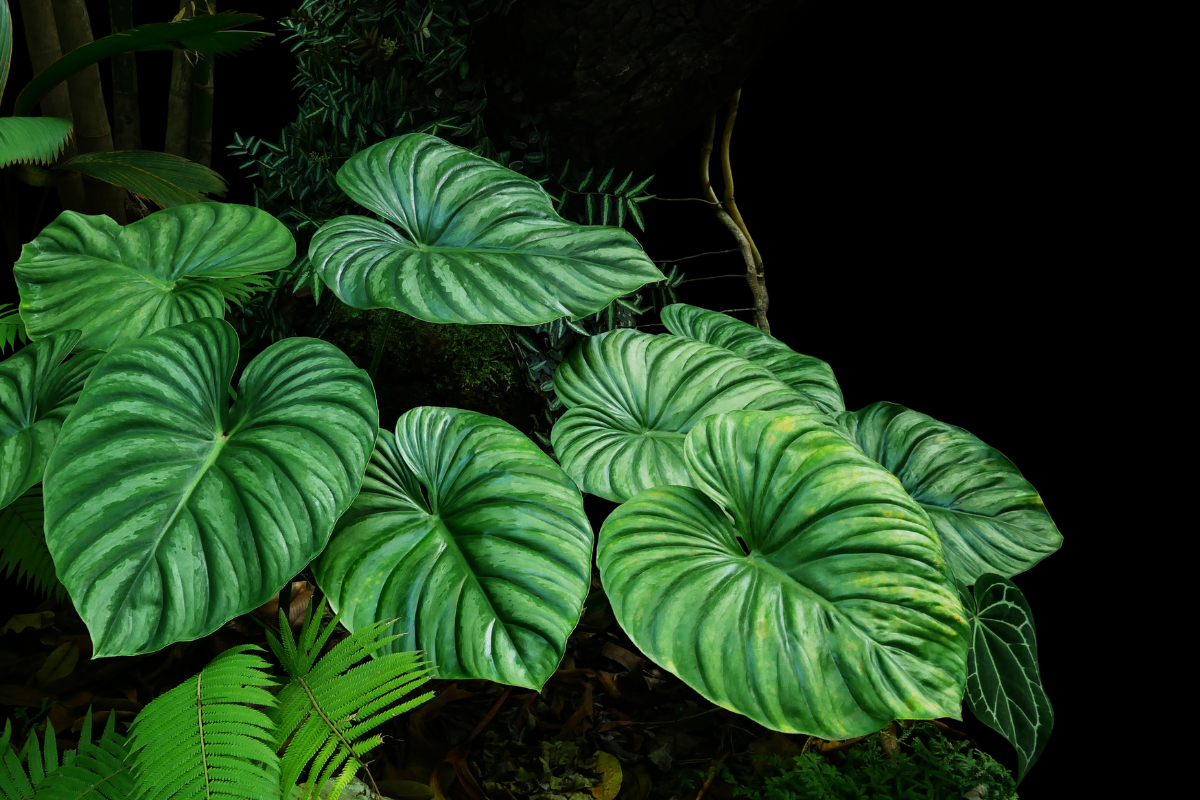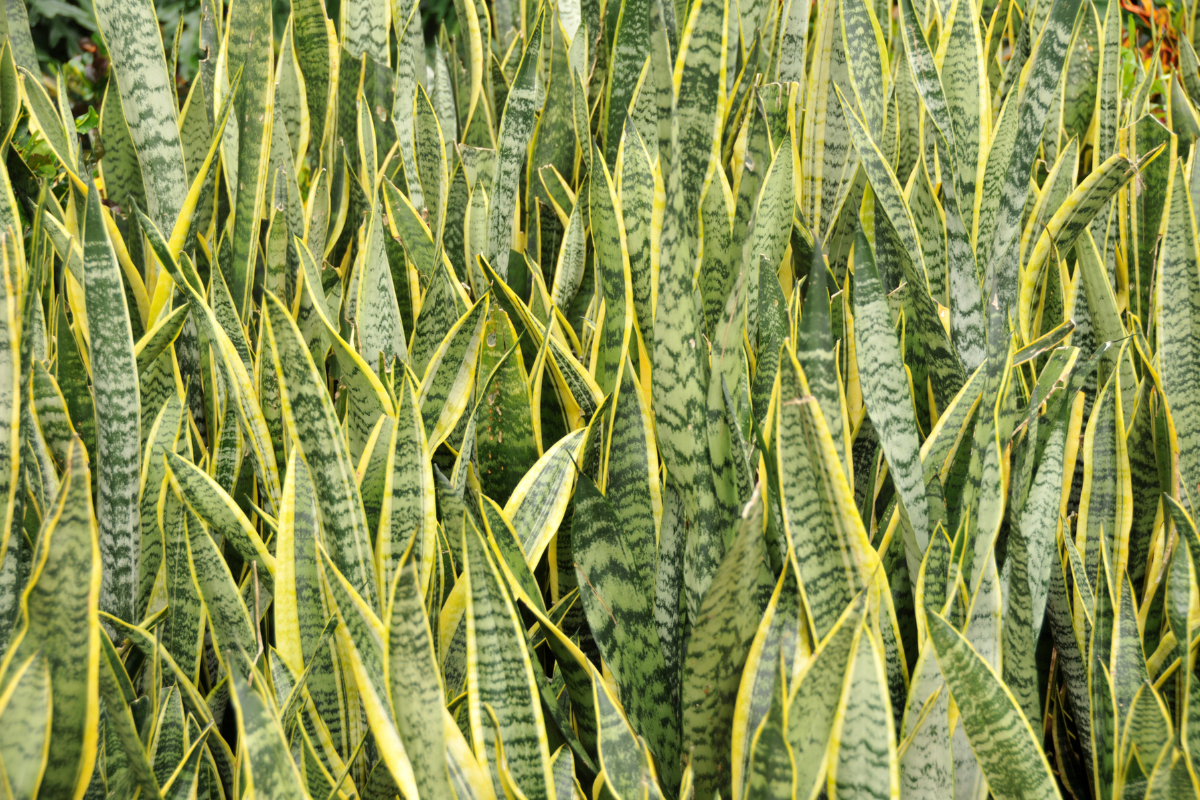Are you tired of seeing your Dieffenbachia plant wither away despite all the care and attention it receives?
Or are you a new plant parent looking for tips to keep your beautiful houseplant thriving? Well, look no further!
In this comprehensive guide, we will take you through everything you need to know about Dieffenbachia care.
So sit back, grab a cup of tea, and let’s dive into the world of Dieffenbachia care together!
Table of Contents
Introduction to Dieffenbachia
Dieffenbachia, otherwise known as Dumb Cane, is a beautiful and popular houseplant that is easy to care for. It has excellent air purification properties.
The sap of this plant is toxic and if the sap gets into your throat it can cause inflamation and swell up the throat and other allergic reactions as well.
If you have children, pets or elderly people then be careful and let them know about the potential issues that the sap of the plant can cause and help them stay away from the sap.
If you might have guessed, the plant is called dumb cane just because of the toxic nature of its sap to affect throat and temporarly make them dumb due to infection.
Appearance
The leaves are a camoflague of bright green with a tint of yellow and white patches emerging right at the centre of the leaves, the borders are mostly green.
THe leaves are bigger. During the early stages of growth the shades of yellow are going to be much smaller but as the plant grows, the shade also takes up a proptionate amoutn of the leaves.
Having them adds up a brighter, welcoming tone to your interior.
Light
Dieffenbachia prefers bright indirect light but can also tolerate low light conditions. Avoid placing it in direct sunlight as this can scorch the leaves.
If your plant starts to lose its color or variegation, that is a sign that it isn’t getting enough light.
They are adaptable to different lighting reqirements. Just like other tropical plants, it prefers medium, bright and indirect light.

In low ligting the plant still thrives but the size of leaves are going to be a little smaller than what it would be if they were exposed to brighter lights
If only a certain part of the plant is exposed to lighting make sure to rotate the plant to supply all the areas with the required amount of light.
Soil
They require a well drained soil, but not so well drained. You still want the roots of the plant to hold up some moisture.
A near to perfect soil composition would be a mix of 60% of coco coir 20% of compost and 20% of perlite, sand or other coarser particles
In a compact soil mix, the roots will suffer for space, water and nutrients absorption. So, it is ideal to have a loose soil with a good draining capacity.
Fertilizer
When the plants are yonger, these plants need a lot of nutrients and you can supply them in the form of liquid fertilizers that are diluted.
Also whenever you see a new leave emerging you can fertilize it lightly.

Never fertilize during dormat season like winters. If you overfertilize it then due to the build up of the minerals and salts on the soil the leaves might droop off.
In this case, you need to leach you soil to get rid of those accumulated nutrients and salt deposits.
Before fertilizing your plants make sure to water them.
Temperature
They are adaptable to a wider range of temperatures. But make sure the temperature doesn’t fall below 60 degree farenheit.
Watering
When it comes to watering, the Dieffenbachia should be kept moist but not soggy. Allow the top inch or so of soil to dry out before watering again. If the leaves start to droop, that is a sign that the plant is thirsty.

In case of underwatering the leaves will turn dry and yellow and will eventually fall off. On the other hand overwatering them can lead the roots to easily rot.
If you find any completely dried up yellow leaves, pick it so it doesn’t affect the rest of the plant as well.
Repotting
Based on its rate and the size of the pot the plant might need to be repotted once a year. If you find roots spoking out of the pot or multiple new leaves coming, then your plant might probably need some additional area for its growth.
Just like any other plant, place the root and the soil in a new pot. Fill the new pot with additional perlite, sand and compost.
Pruning and Propagating
Pruning and propagating dieffenbachia is a simple process that can be done to improve the plant’s appearance or encourage new growth.

To prune, simply cut back the dieffenbachia’s stems to the desired length using sharp, clean shears. It’s best to prune in the spring or early summer when the plant is actively growing.
To propagate, take stem cuttings from a healthy dieffenbachia plant and roots them in moist potting mix. The cuttings should root within 4-6 weeks.
Common Pests and Diseases
Pests and diseases are relatively uncommon in Dieffenbachia plants. However, if your plant does become infested or infected, there are a few common culprits to look out for.
i) Mealybug
One of the most common pests is the mealybug. Mealybugs are small, white insects that feed on plant sap. They can cause yellowing and wilting of leaves, and if left unchecked, can eventually kill the plant.
ii) Root rot
Root rot is caused by too much moisture around the roots of the plant, which can lead to fungal growth and decay.
iii) Leaf spot
Leaf spot is caused by fungi or bacteria that infect the leaves, causing brown or black spots to form. If either of these diseases is present, it’s important to take immediate action to save the plant.
Conclusion
Dieffenbachia is a great houseplant that is easy to care for if you have the right information.
This comprehensive guide has provided you with all the necessary details on how to properly water and fertilize your dieffenbachia, as well as other helpful tips on keeping it healthy.
With these guidelines in mind, your dieffenbachia will be thriving in no time!



